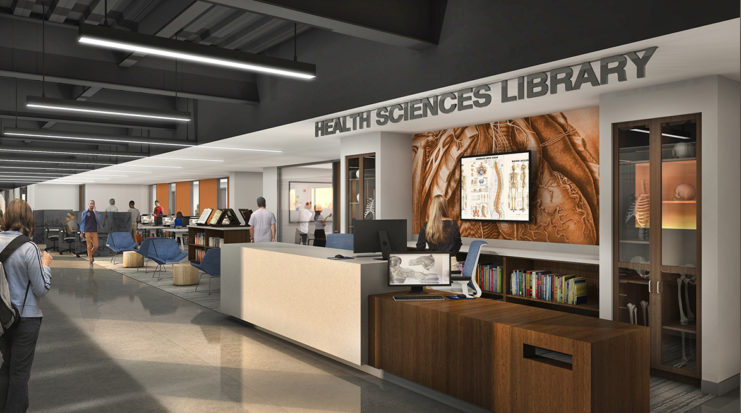We’re closing out 2019 with a look back at our favorite stories of the year that feature the innovative, impactful, and even unexpected work of the Health Sciences Library, the Veterinary Medical Library, and the Wangensteen Historical Library of Biology and Medicine.
10. Journeying through a 17th century apothecary
UMN undergrad Louisa Botten recently completed an internship at the Wangensteen Historical Library of Biology and Medicine where she combined a historical text with modern technology to create an award-wining online exhibit.
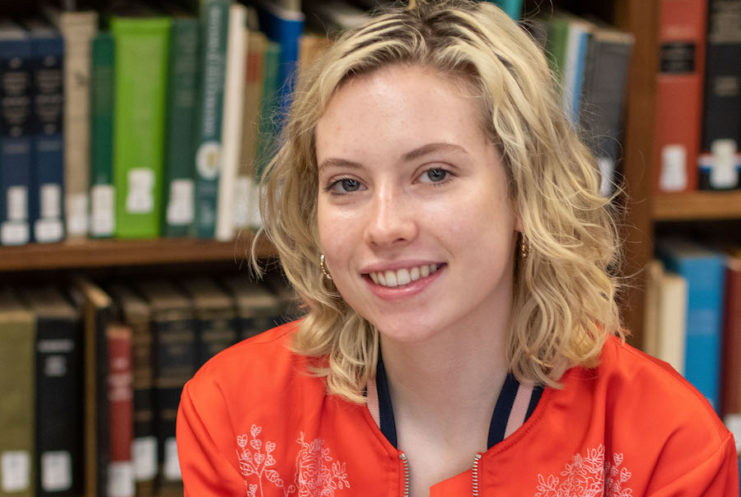
9. Virtual reality helps physical therapy students see new answers
Teresa Bisson works with the Bio-Medical Library to bring Virtual Reality to her neurorehabilitation classroom where students are immersed in a virtual experience. Through active learning, Bisson’s students are becoming thoughtful users of technology and leaders in a new health care environment.
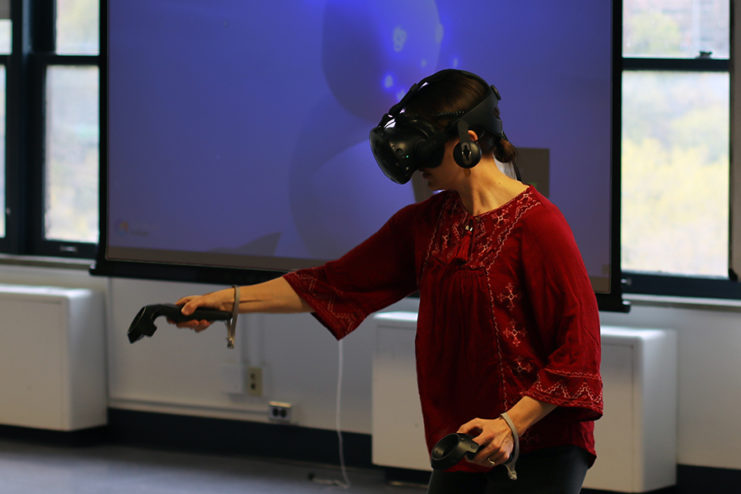
8. Resources to support culturally appropriate health care
Culture plays an important role in how individuals wish to experience health care — and culturally appropriate care makes a difference. While the practice of culturally appropriate care can be complex, our University Libraries provide resources to help providers build and enhance their cultural care skills.

7. Helping radiology students see 2D medical images in 3D anatomy
As a radiology resident, Mickey Hafertepe has gained insights into the challenge of translating health information into medical practice. Learn how Hafertepe is using 3D printing to help students understand spatial relationships of medical imaging when viewing 3D anatomy on a 2D screen.
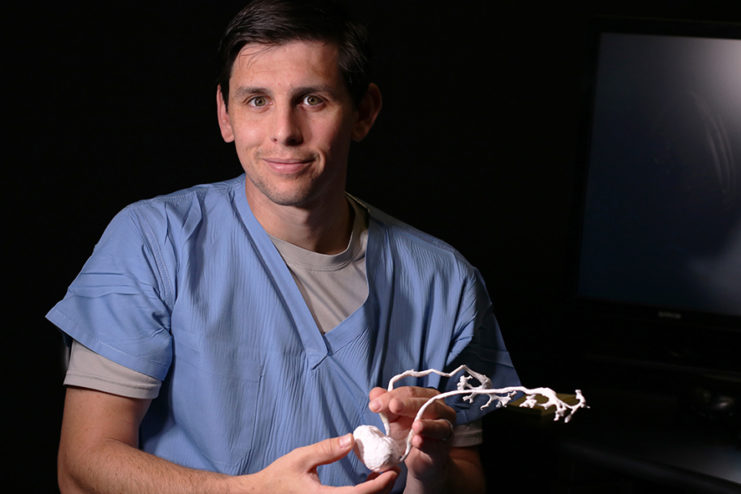
6. ‘Everyone at the library loves being here’
As a middle schooler, Kaitlyn Minarsich’s older brother took her to an exhibit at Wangensteen Historical Library where he worked as a UMN undergrad. Minarsich is following the family tradition, working at the library where she converted a 2013 physical exhibit on Downton Abbey into an interactive online exhibit.
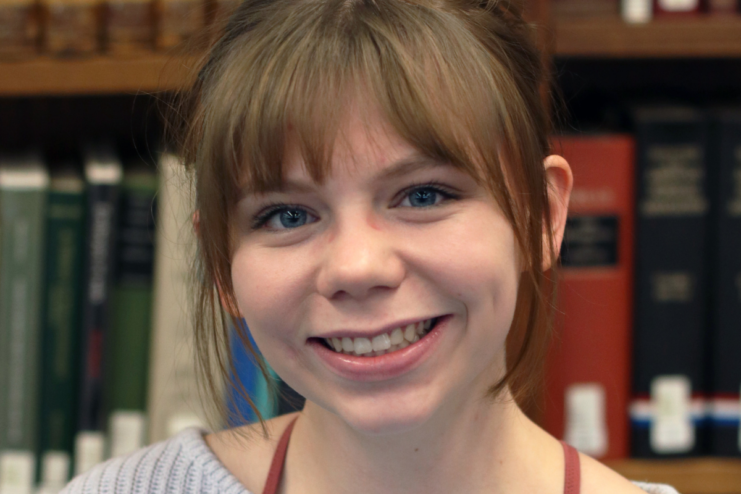
5.‘Wintry Mix’ reveals the importance of data management
Duluth’s forecast called for a wintery mix the morning of January 7 – leading to a two hour weather delay at University of Minnesota Duluth. But bad weather did not stop a team of six librarians from traveling 160 miles to teach a course on data management, nor did it stop a group of over thirty participants from trekking through snow and ice to attend the workshop.

4. Using 3D technology to reach individual goals in rehab therapy
You may know Leah Grinvalsky as a UMN Physical Therapy student, but we also know her as a friend to Katrina Simons. This friendship played an important role in Grinvalsky’s first visit our Makerspace, where she explored solutions to help Simons participate in gaming.

3. Curator sparks re-discovery of 18th century spirits
The research of the Libraries’ Emily Beck — garnered from historical materials at the Wangensteen Historical Library of Biology and Medicine — serves as the foundation for the Alcohol’s Empire exhibit, created in partnership with the Minneapolis Institute of Art and Tattersall Distilling and featured by the New York Times.
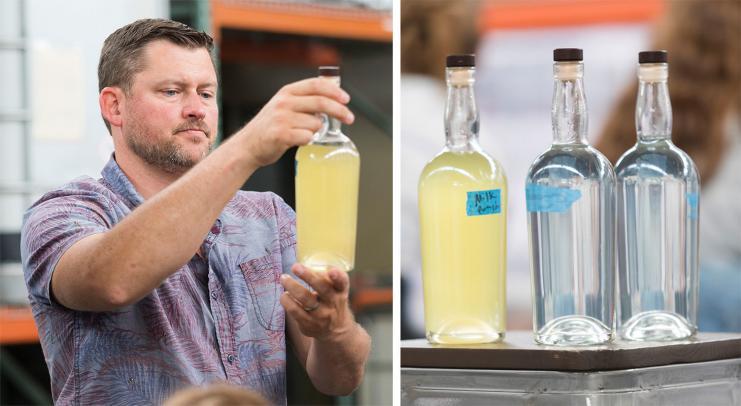
2. 3D-printed gene segment models aid in active learning
Co-instructors Michelle Henry-Stanley and Donna Spannaus-Martin wanted to teach about genetic recombination using a tactile, hands-on educational tool. They connected with our Makerspace staff to produce low-cost sets of 3D printed immunoglobulin gene segments to support new ways of teaching and learning and meet their active learning goals.
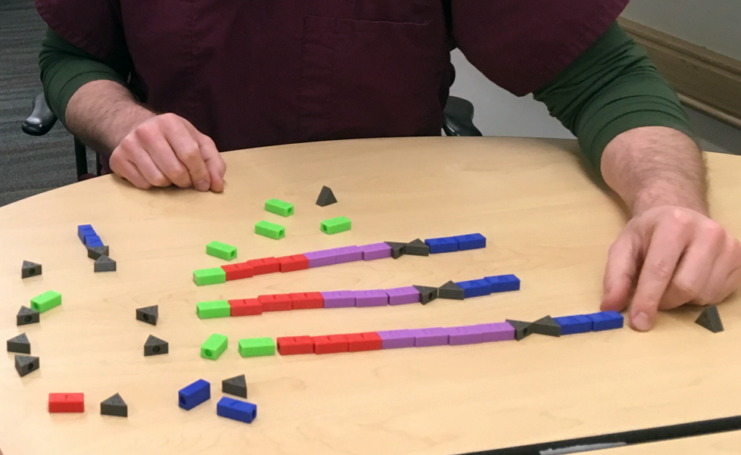
1. Introducing the Health Sciences Library
In preparation for our move into our new home in the Health Sciences Education Center in July 2020, the Bio-Medical Library is being renamed as the Health Sciences Library to better reflect our work to support teaching and learning across all the schools and colleges of the Academic Health Center.
